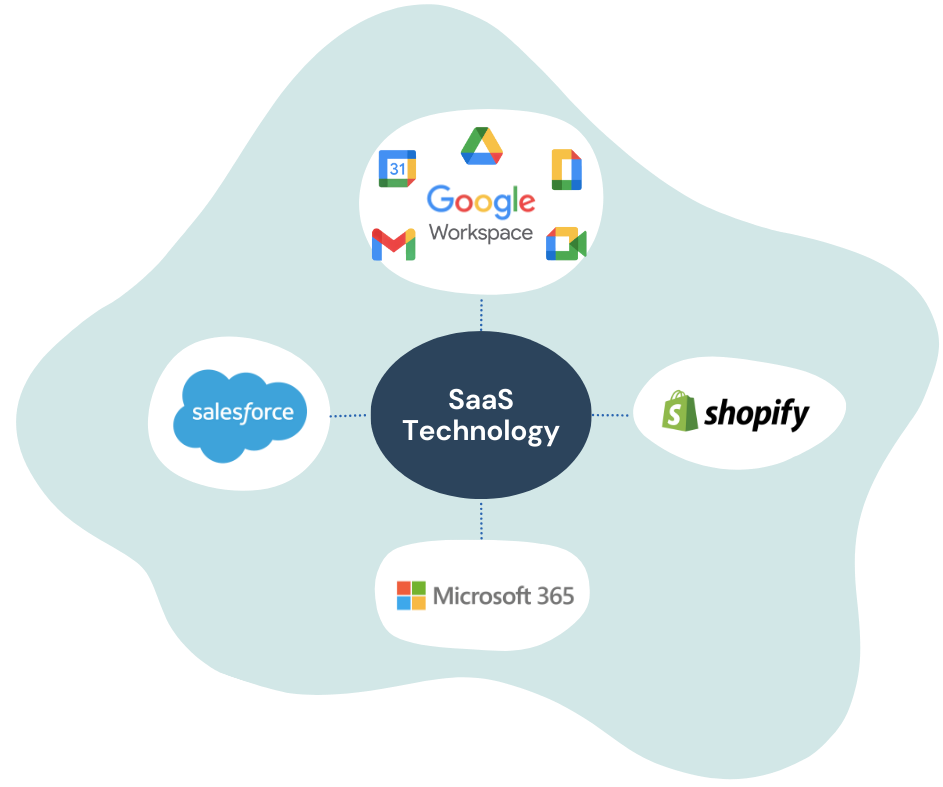An Extensive Guide to Building A Startup Company

Embarking on the journey of building a startup company is both exhilarating and challenging. It’s a venture filled with immense potential for innovation, growth, and impact, but it also demands careful planning, execution, and resilience. Whether you’re a seasoned entrepreneur or a first-time founder, navigating the complexities of starting a new business requires a strategic approach and a clear understanding of what it takes to succeed.
At DevDefy, we’ve had the privilege of partnering and driving development for numerous startup companies, gaining invaluable insights along the way. This article will dive into the dos and don’ts of building a startup company, showcasing the wealth of knowledge we’ve accumulated from our collaborative journeys. Learn from our experiences to set your startup on the path to success!
Implementing a Business Plan
While many companies may divert their attention to various aspects of building a startup, prioritizing the implementation of a business plan as an initial step lays a solid foundation for company growth. Moreover, developing a comprehensive business plan outlining your startup’s mission, target market, revenue model, and growth strategy is a great first step to future growth. A well-defined plan serves as a roadmap for success and helps secure funding.

Mission Statement
Define your startup’s mission statement, which articulates the purpose and core values of your business. Additionally, a compelling mission statement inspires and aligns stakeholders, including employees, investors, and customers, around a common vision.
Target Market Analysis
Conduct thorough market research to identify and understand your target market demographics, behaviors, preferences, and pain points. Determine the size and growth potential of your target market and assess the competitive landscape to identify opportunities and challenges.
Revenue Model
Define your startup’s revenue model, which outlines how your business will generate income and sustainably monetize its products or services. Common revenue models include subscription-based pricing, freemium models, pay-per-use or transactional pricing, advertising revenue, licensing fees, and affiliate partnerships.
Growth Strategy
Develop a growth strategy that outlines how your startup will acquire and retain customers, expand its market reach, and increase revenue over time. Furthermore, setting specific growth targets and key performance indicators (KPIs) to measure the effectiveness of your growth assists in tracking your progress towards your goals.
Growth through Long term development

Enhanced Customer Satisfaction and Loyalty:
Long-term development fosters continuous improvement and innovation, resulting in products or services that consistently meet or exceed customer expectations.
By listening to customer feedback, addressing pain points, and introducing new features or functionalities, your startup can enhance user satisfaction and build strong customer loyalty. In addition, satisfied customers are more likely to advocate for your brand, recommend your products or services to others, and contribute to long-term revenue growth through repeat purchases and referrals. For example, OpenAI’s growth is solely from word of mouth of its users.

Competitive Advantage and Market Differentiation:
Long-term development allows your startup to differentiate itself from competitors by offering unique value propositions and staying ahead of industry trends.
By consistently delivering high-quality products or services that evolve with market demands, your company can establish a strong reputation for innovation, reliability, and customer-centricity. Therefore, this competitive advantage not only attracts new customers but also helps retain existing ones, ultimately driving sustainable business success in the long run.
Investing in a scalable website and Mobile App
Establish a strong online presence by investing in a professionally designed website and mobile app. These platforms serve as your digital storefronts and are crucial for attracting and retaining customers. The following points include development strategies that will drive growth and profitability.
Focus on User Experience (UX) and User Interface (UI):
Prioritize user experience and interface design to ensure your website and mobile app are intuitive, easy to navigate, and visually appealing. A positive user experience fosters customer satisfaction and loyalty.
Implement Scalable Technologies:
Choose scalable technologies and frameworks for your website and mobile app development to accommodate future growth. Scalability ensures your platforms can handle increased traffic, functionality, and data as your startup expands.
Regularly Update and Maintain Your Platforms:
Commit to regular updates and maintenance for your website and mobile app to keep them secure, bug-free, and aligned with evolving user needs. Continuous improvement enhances user satisfaction and drives long-term success.
Building a Startup Requires a Strong Team
Surround yourself with a talented and diverse team that shares your vision and complements your skills. A strong team with varied expertise enhances creativity, productivity, and resilience in the face of challenges.
Having a strong team is integral to driving business growth and success for a startup company. A cohesive team with diverse skill sets, expertise, and experiences enables the startup to tackle challenges effectively and innovate collaboratively. In an environment of uncertainty and rapid change, a resilient team adapts quickly, navigates obstacles, and capitalizes on opportunities.
Additionally, A positive work culture and high morale motivate employees to go above and beyond, while a customer-centric mindset ensures products and services meet customer needs and drive loyalty. Ultimately, a strong team executes the startup’s vision, delivering results and driving sustainable growth over time.
Essential Pitfalls to Avoid When Launching Your Startup
While Next.js offers many advantages, it’s essential to consider potential pitfalls, especially when compared to the MERN stack. Here are some considerations when using Next.js:

Rushing the Product Development Process
To avoid rushing the product development process, startups should prioritize thorough planning, allocate sufficient time for development and testing, gather feedback from users early and often, and be willing to iterate and make improvements based on that feedback. Taking the time to develop a high-quality product can increase the likelihood of success and ensure a positive experience for users.

Failing to Adapt and Pivot in Response to Feedback and Changing Circumstances
Adaptation and pivoting are essential for startup success in today’s dynamic business environment. Startups that are willing to listen to feedback, iterate on their offerings, and pivot when necessary are better positioned to achieve long-term growth and success. How startups receive criticism is a big portion of what might make or break the company.

Ignoring Scalability and Long-Term Sustainability in the Business Model:
It’s crucial to choose a developer who is committed to long-term scalability. A developer who prioritizes scalability will build a robust foundation for the startup’s digital infrastructure, ensuring that the website or mobile app can handle growth seamlessly over time. Additionally, they will design scalable architectures and employ best practices that facilitate future updates, enhancements, and expansions.
Neglecting long-term sustainability can result in inefficiencies, higher costs, and an inability to adapt to changing market conditions.
Conclusion
By providing insights into essential aspects such as market research, product development, team building, and long-term sustainability, this guide equips startups with the knowledge and tools needed to navigate the challenges and seize the opportunities of entrepreneurship. With dedication, perseverance, and strategic implementation of the principles outlined in this guide, startups can embark on a path towards success, innovation, and sustainable growth in the dynamic landscape of the startup ecosystem.
With business plan implementation, there will be less pitfalls along with the bonus of long term preparation as needed. Furthermore, it is essential to take the mains points made in this article into consideration to promote growth and prosperity for your startup, as well as consider some things to avoid along the way.












